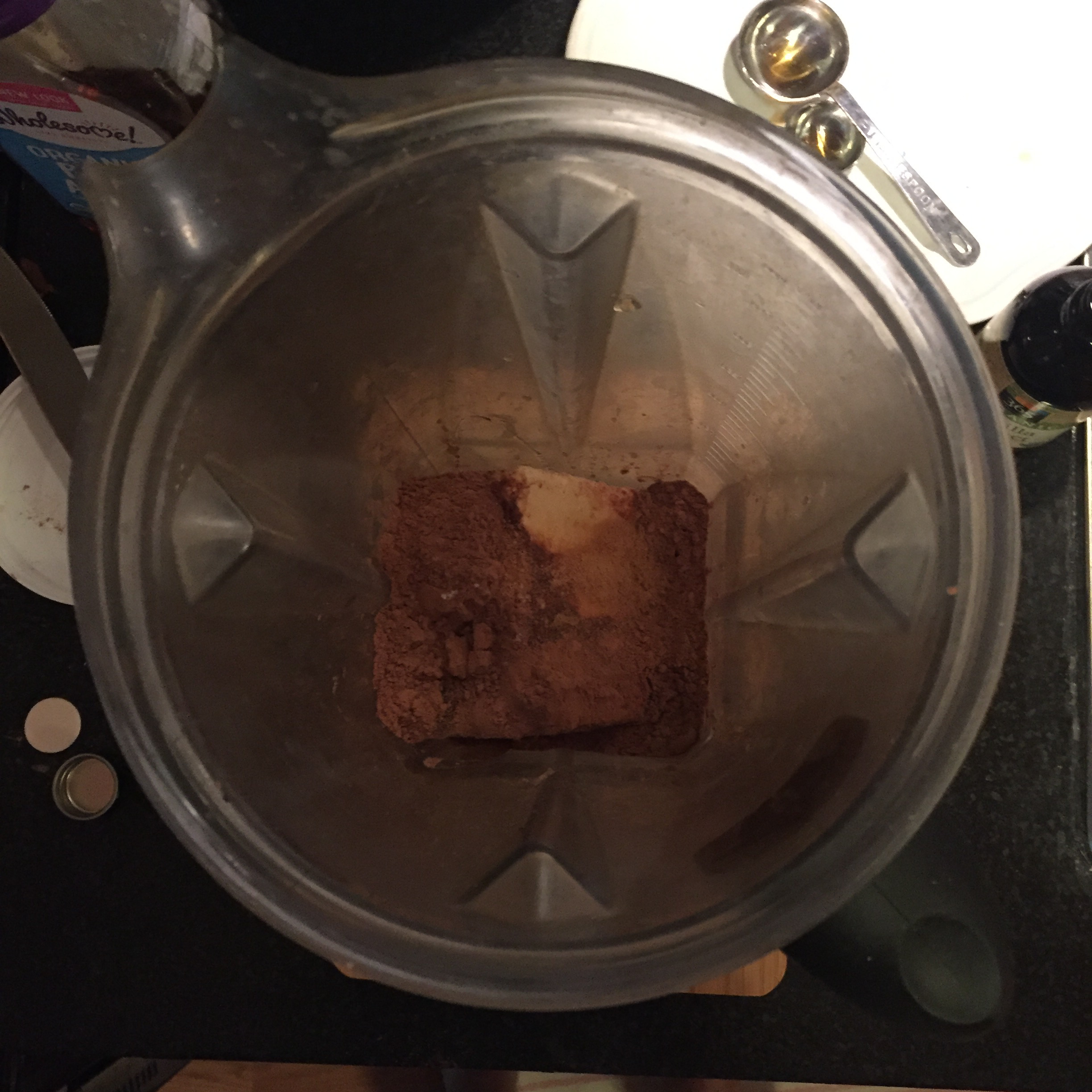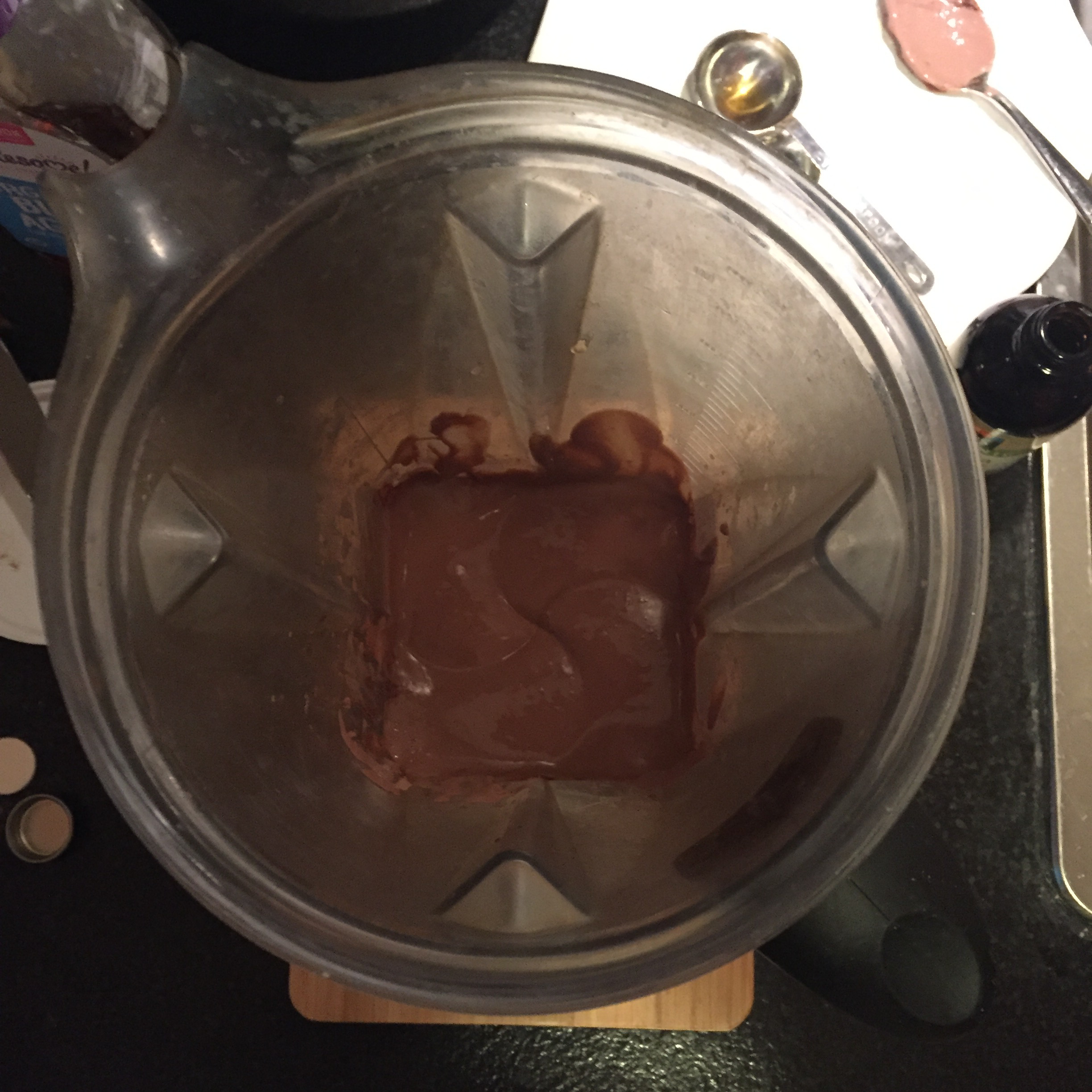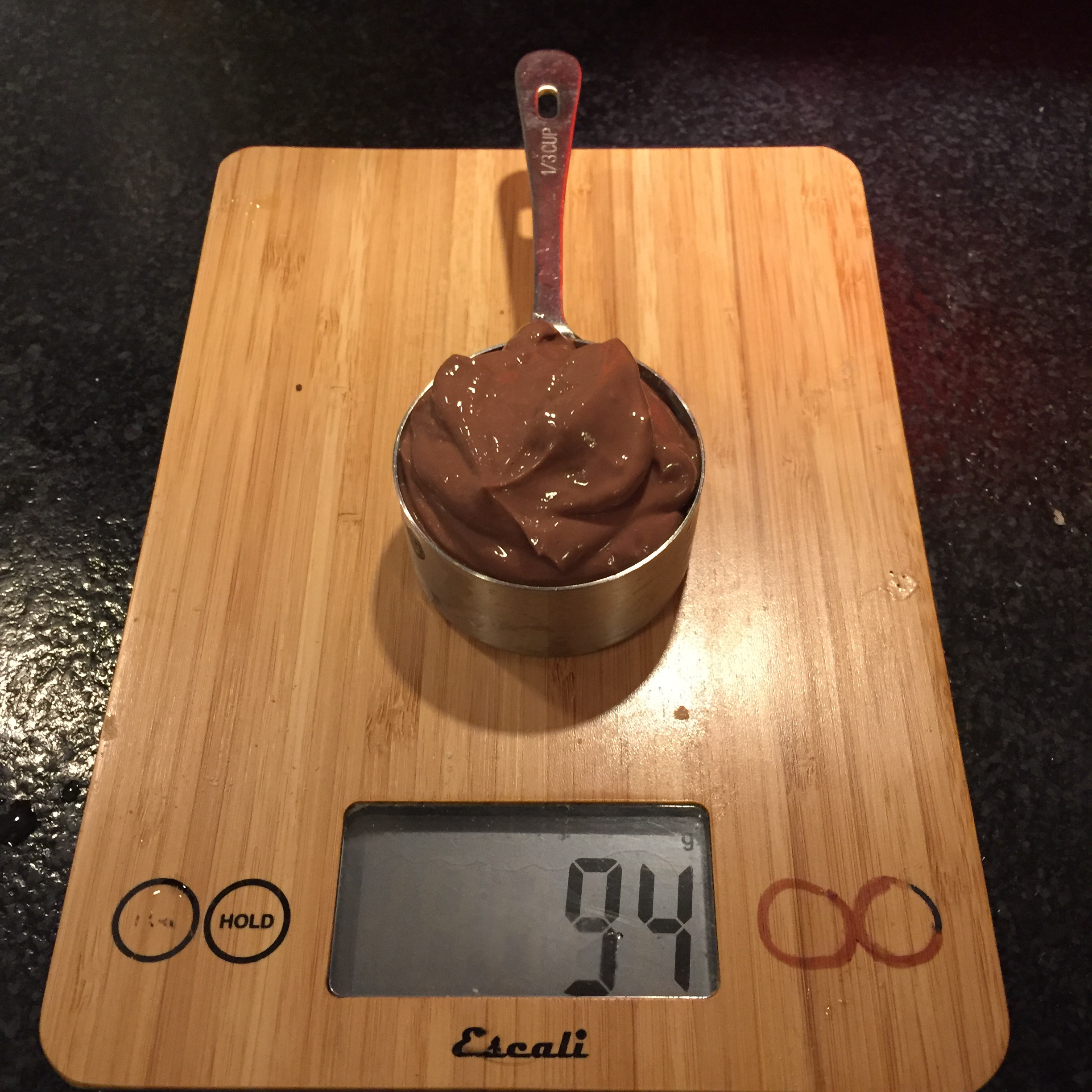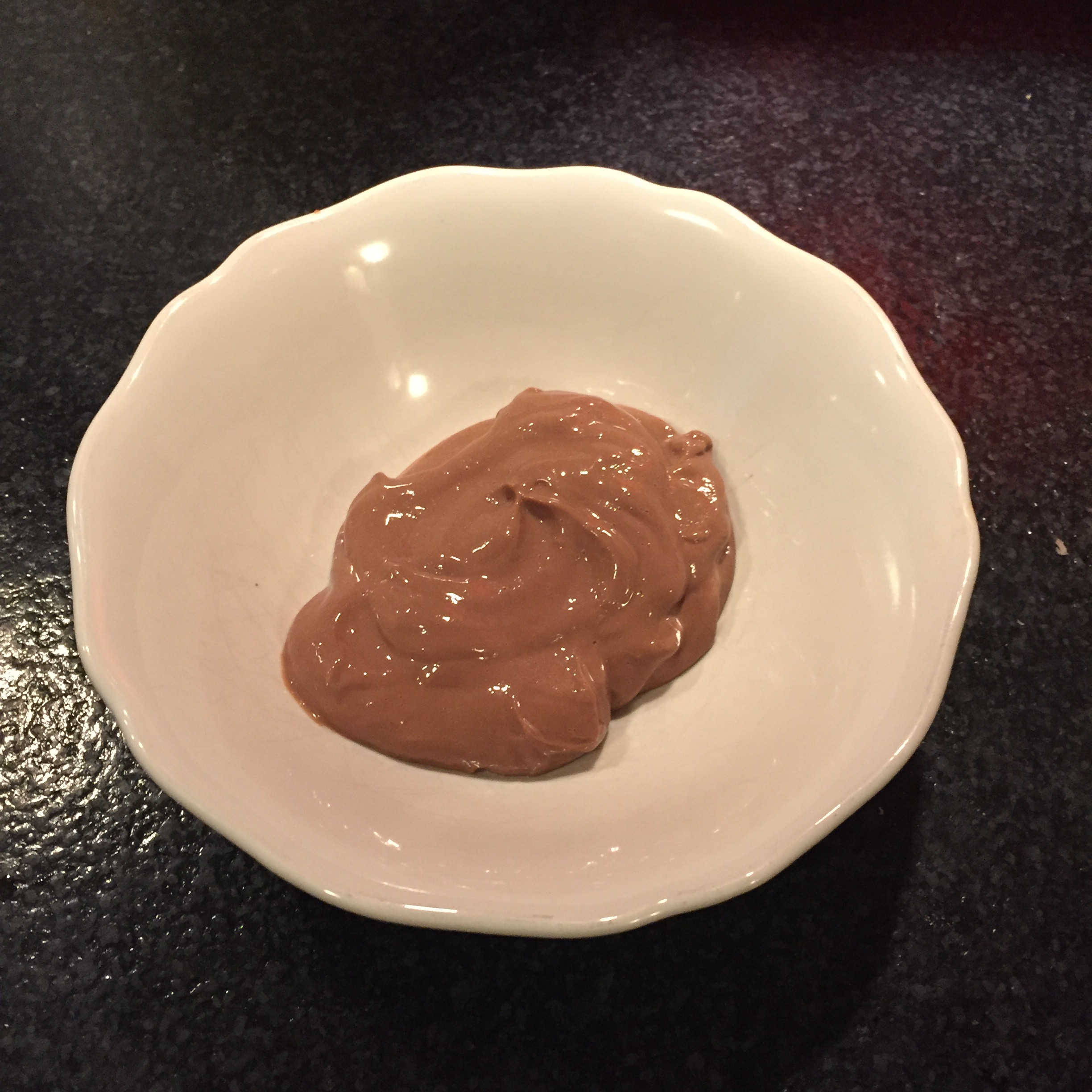Gestational Diabetes Dessert: Chocolate Pudding. Vegan, yet Omnivore Crowd Pleaser.
When my wife was pregnant with our little guy, one of the challenges we faced was that she was diagnosed with gestational diabetes. For those who have never heard of this before, my understanding is that gestational diabetes is a very real form of diabetes that can occur only during the duration of a pregnancy. The diabetes appears almost as some kind of bodily reaction to the placenta, which is a totally new organ from the body’s perspective. The reason gestational diabetes is of concern to medical professionals is that if the diabetes is not kept in check by maintaining the mother’s blood sugar levels below a certain threshold, then there could be complications during the pregnancy and birth, including the child actually growing too big in the womb.
Gestational diabetes can be managed with medication, but the first level of defense for the mother is severe monitoring and regulation of her diet. The monitoring is done by the mother uncomfortably pricking herself several times a day to draw blood, and then having a handheld device analyze the blood. As for the diet regulation, each meal has a cap on the total carbs the mother can consume. In addition, the mother has to be hyper-aware of a meal’s ratio of carbs-to-fats-and-proteins, because having more fats and proteins can help lower the likelihood of a blood sugar spike.
All this is a serious bummer to an expectant mother. The pregnancy may already be making her palate sensitive and her body uncomfortable, and now she is told to be even more sensitive about her food and to make herself even more uncomfortable. My wife had an additional thing to wrestle with: she’s a vegan. Her diet is already restricted when compared to a traditional American diet. Needless to say, she was very unhappy with the gestational diabetes diagnosis.
To try to help, I came up with a vegan pudding recipe. My wife wanted something to make her feel “normal,” like a dessert, and I love pudding, so things just kind of fell into place this way. The pudding’s sugar content is fairly low and it’s protein fairly high (for pudding), so this dessert satisfies some of the diet regulations described above. It’s also ridiculously easy to make; the most complicated procedure involved is blending. The one difficult part is waiting a few hours (or overnight) for the pudding to set.
When adding ingredients, I always recommend measuring them by weight on a small digital kitchen scale. I find it makes a more consistent product and makes measuring faster. The ingredients list below provides the weight of the ingredients in grams, and conventional measurements are there as well.
If you’ve been diagnosed with gestational diabetes, I’m sorry, and I hope everything goes smoothly. May this help a bit.
- Ingredients:
- 1 tetra pak of firm silken tofu - 350g. Like this, for example
- Pure unsweetened cocoa powder - 24g (6 tablespoons). Seems like a lot, but it’s ok.
- Agave syrup - 25g (5 teaspoons, or 1 tablespoon plus 1 teaspoon)
- Maple syrup - 15g (2 teaspoons)
- Vanilla extract - 5g (1 teaspoon)
- Pinch of salt, maybe two
- Pinch of cinnamon, maybe two
- Procedure
- Get your blender. Put it on the kitchen scale if measuring by weight.
- Toss in ingredients (by weight or measuring spoon).
- Blend. Taste and add anything it needs more of, taking notes for next time. Blend again.
- Put mixture in tupperware with a cover. Put tupperware in fridge.
- Wait a few hours for the pudding to set. Best if overnight. Gets better each day (and will stay good about 3-4 days)
- To serve:
- Assume a batch of the ingredients results in 4 servings. I’ve found that, on average, one of those servings is approximately 94g by weight, or a heaping 1/3 cup, or just under 1/2 a cup.
- The pudding will stay good about 3-4 days in the fridge. It gets better, and its taste complexity develops, with each passing day. If you see the pudding separate a bit (for example, there is some water pooling on top), just stir it back together before serving.
- Nutritional Information:
- Using the ingredients’ labels and some back-of-the-envelope math, here is the basic nutritional information, per 94g serving:
- Carbs: 14g (8g of which is sugar)
- Fat: 3g
- Protein: 7g
- Using the ingredients’ labels and some back-of-the-envelope math, here is the basic nutritional information, per 94g serving:



